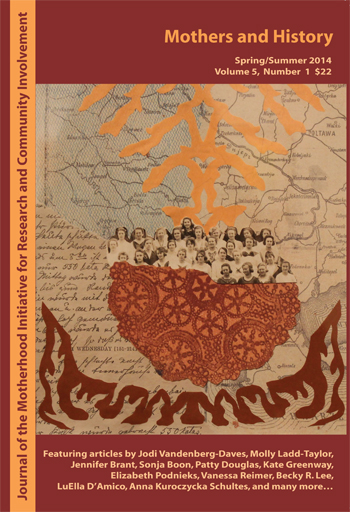“The Perfect Painless Labor”: The Natural Childbirth Movement in the Mid-Twentieth- Century U.S.”
Abstract
This essay traces the emergence of a grassroots childbirth education movement in the 1950s U.S. and assesses its impact on women who embraced its precepts. Until thelate 1930s, when maternal mortality rates in the U.S. began to fall sharply, childbirth was widely viewed as a debilitating ordeal that entailed great suffering. But in the1940s and 1950s, as the medical profession consolidated its control over pregnancy and childbearing, a critique of standard obstetrical practices developed among a vanguard of doctors and women who advocated a return to “natural childbirth.” The key theorist of this movement, British obstetrician Grantly Dick-Read, argued thatwomen could experience “the perfect painless labor” without resorting to anesthesiaif they overcame the fear of childbirth and learned to relax their bodies. Read’s ideas found enthusiastic proponents among small groups of white, middle-class American women who established groups like the Boston Association of Childbirth Education(BACE), which prepared women for a conscious childbirth involving minimal medical intervention. Post-childbirth reports written by former students suggest that BACE equipped many students with knowledge and techniques that allowed them to derive great satisfaction from their birthing experiences. But the reports also revealhow the ideal of “natural motherhood” could establish expectations that constrained women in new and subtle ways.Downloads
Published
How to Cite
Issue
Section
License
All intellectual property in relation to material included on this site belongs to the Motherhood Initiative for Research and Community Involvement (MIRCI). All material on this site is protected by Canadian and international copyright and other intellectual property laws. Users may not do anything which interferes with or breaches those laws or the intellectual property rights in the material. All materials on the Motherhood Initiative for Research and Community Involvement (MIRCI) are copyrighted and all rights are reserved. Any reproduction, modification, publication, transmission, transfer, sale, distribution, display or exploitation of the information, in any form or by any means, or its storage in a retrieval system, whether in whole or in part, without the express written permission of the Motherhood Initiative for Research and Community Involvement (MIRCI) is prohibited. Please contact us for permission to reproduce any of our materials. This site may include third party content which is subject to that third party's terms and conditions of use.


